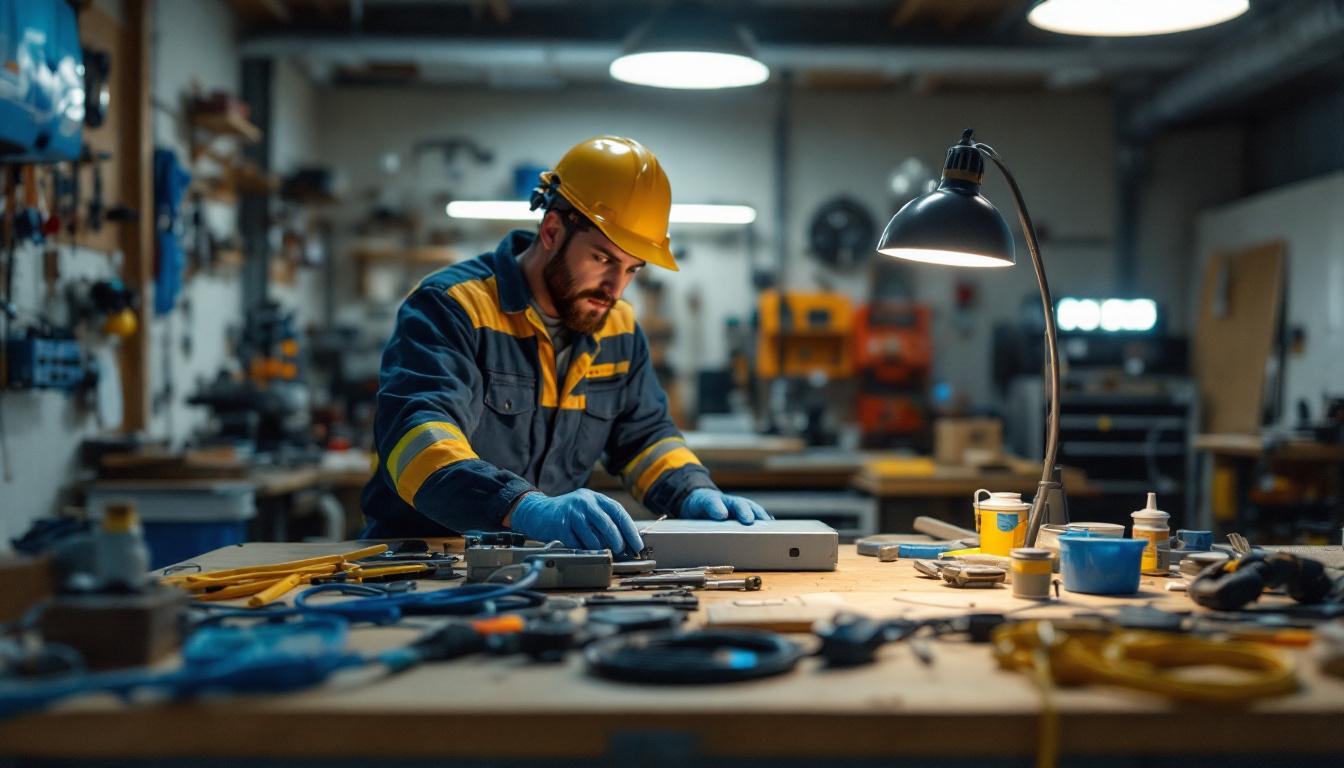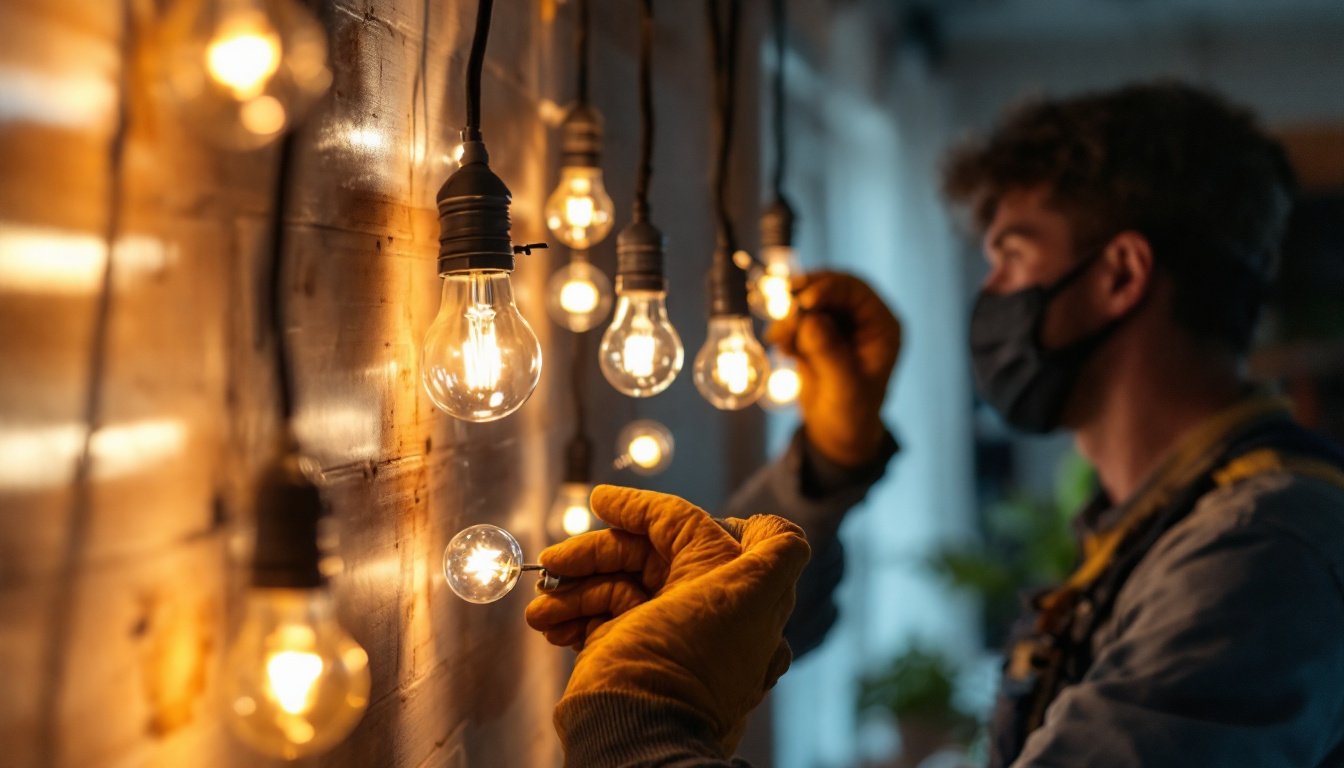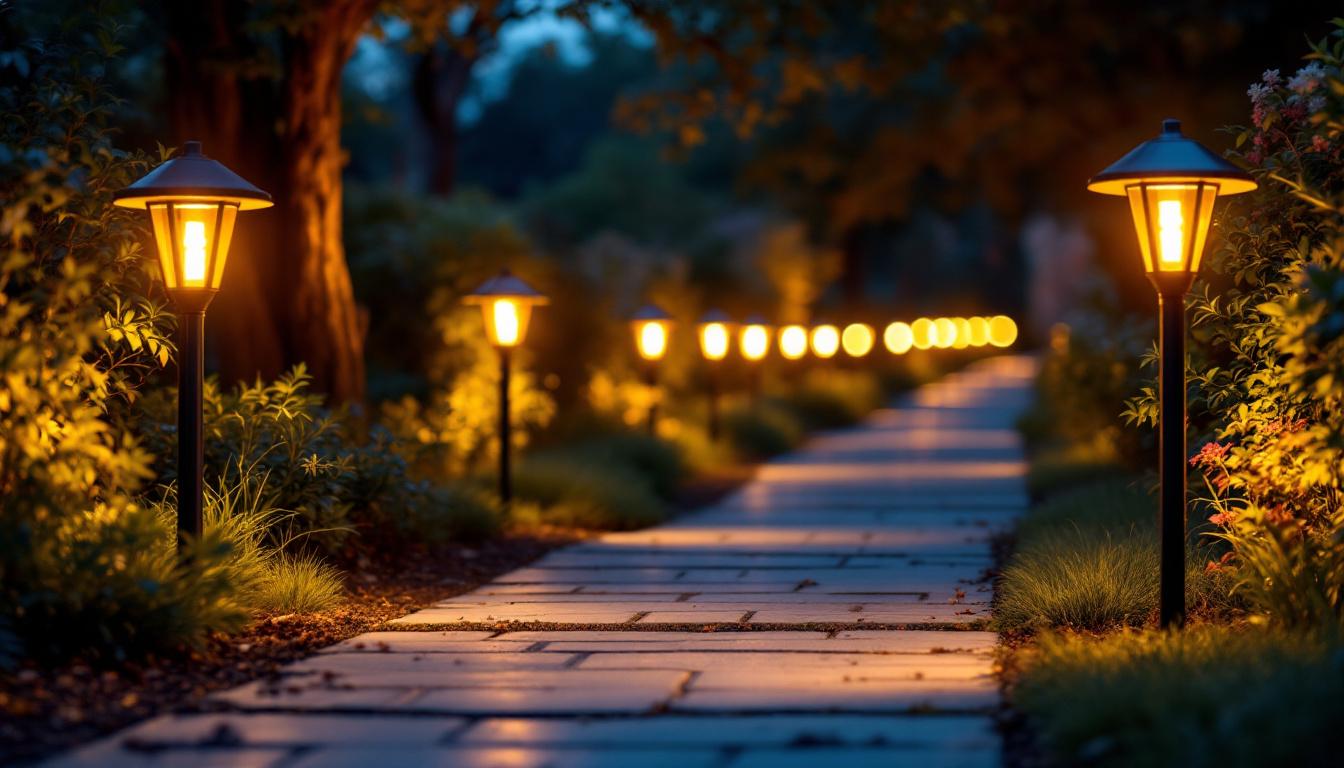
Lighting contractors play a crucial role in the design and implementation of effective lighting solutions. With the rapid evolution of technology, particularly in the realm of LED fixtures, it has become increasingly important for these professionals to stay informed about the latest advancements. Understanding the significance of LED fixtures not only enhances project quality but also contributes to energy efficiency and cost savings. This article delves into why LED fixtures matter for lighting contractors and how they can leverage this knowledge to improve their services.
In recent years, LED technology has revolutionized the lighting industry. Unlike traditional incandescent or fluorescent bulbs, LEDs offer a myriad of advantages that make them the preferred choice for many applications. Their energy efficiency, longevity, and versatility have made them a staple in both residential and commercial lighting projects.
One of the most significant benefits of LED fixtures is their energy efficiency. LEDs consume significantly less power than traditional lighting options, which translates into lower electricity bills for clients. This efficiency is particularly important for commercial properties where lighting can account for a substantial portion of energy consumption. By opting for LED fixtures, contractors can help their clients reduce operational costs while promoting sustainability. Moreover, as governments and organizations worldwide push for greener initiatives, the adoption of LED technology aligns perfectly with these environmental goals, making it a responsible choice for modern businesses.
LEDs are known for their impressive lifespan. While traditional bulbs may need to be replaced every few months, LED fixtures can last for years, often exceeding 25,000 hours of use. This longevity not only reduces the frequency of replacements but also minimizes maintenance costs for clients. For lighting contractors, this means fewer service calls and a more satisfied customer base. Additionally, the durability of LEDs is noteworthy; they are less susceptible to breakage and can withstand harsher conditions, making them ideal for outdoor applications or areas with high foot traffic.
Another appealing aspect of LED fixtures is their versatility. Available in various shapes, sizes, and color temperatures, LEDs can be tailored to suit a wide range of applications. Whether it’s for ambient lighting in a home, task lighting in an office, or accent lighting in a retail space, the adaptability of LED technology allows contractors to meet diverse client needs effectively. Furthermore, the ability to create smart lighting systems with LEDs has opened new avenues for customization. With features like dimming, color changing, and remote control capabilities, clients can enhance their lighting experience and create the perfect atmosphere for any occasion.
As the technology continues to evolve, we are witnessing the emergence of innovative LED solutions that incorporate smart technology and IoT capabilities. These advancements allow for automated lighting systems that can adjust based on occupancy, time of day, or even ambient light levels. Such features not only enhance user convenience but also contribute to energy savings, making LED technology an even more attractive option for both residential and commercial spaces. The integration of sensors and smart controls is paving the way for a future where lighting is not just functional but also an integral part of smart home and building ecosystems.
While the benefits of LED fixtures are clear, understanding the technical aspects is equally important for lighting contractors. Familiarity with specifications, installation requirements, and compatibility with existing systems can significantly impact project success. This knowledge not only aids in the selection of the right products but also ensures that installations meet safety standards and client expectations. A well-informed contractor can navigate potential challenges more effectively, leading to smoother project execution and enhanced client satisfaction.
Color temperature, measured in Kelvin (K), plays a vital role in the perception of light. LEDs are available in a range of color temperatures, from warm white (around 2700K) to cool white (up to 6500K). The choice of color temperature can influence the ambiance of a space, making it essential for contractors to understand client preferences and the intended use of the area. For example, warmer tones are often preferred in residential settings to create a cozy atmosphere, while cooler tones are more suitable for commercial spaces where alertness and productivity are key.
Additionally, the Color Rendering Index (CRI) is a crucial metric that measures how accurately a light source displays colors in comparison to natural light. A higher CRI rating indicates better color rendering, which is particularly important in settings like art galleries, retail stores, and photography studios. Contractors should educate clients about these specifications to ensure they select the right fixtures for their needs. Furthermore, it’s beneficial to demonstrate how different lighting conditions can affect the perception of color, which can be particularly impactful in industries that rely on precise color matching.
When discussing LED fixtures, wattage and lumens are two key terms that contractors must grasp. Wattage refers to the amount of energy consumed by the fixture, while lumens measure the brightness of the light emitted. Understanding the relationship between these two metrics is essential for achieving optimal lighting levels in any given space. As technology advances, many LED fixtures provide high lumen output with significantly lower wattage compared to traditional lighting solutions, making them an energy-efficient choice.
Contractors should also be aware of how to calculate the required lumens for different applications. For instance, a workspace may require more lumens than a living room. By providing clients with accurate recommendations based on their specific needs, lighting contractors can enhance the overall effectiveness of their installations. Additionally, it’s important to consider factors such as the height of ceilings, the color of walls, and the presence of natural light, as these elements can all influence the perceived brightness and effectiveness of the lighting design. This comprehensive approach not only ensures that lighting is functional but also enhances the aesthetic appeal of the space.
While the initial investment in LED fixtures may be higher than traditional lighting options, the long-term savings often outweigh the upfront costs. Lighting contractors should be prepared to discuss these financial implications with their clients.
The higher initial cost of LED fixtures can be a point of contention for some clients. However, it is essential to highlight the long-term savings associated with energy efficiency and reduced maintenance. Over time, the cost of electricity savings, coupled with the extended lifespan of LEDs, can lead to significant financial benefits.
Contractors can also present case studies or examples of previous projects where clients have experienced substantial savings after switching to LED lighting. This evidence can help persuade hesitant clients to make the investment.
Many regions offer incentives and rebates for businesses and homeowners who upgrade to energy-efficient lighting solutions. Lighting contractors should stay informed about available programs and communicate these opportunities to clients. By doing so, contractors can help clients offset the initial costs of LED fixtures and make the transition more financially appealing.
Proper installation is crucial for maximizing the benefits of LED fixtures. Lighting contractors should adhere to best practices to ensure that installations are efficient, safe, and compliant with local codes.
LED fixtures often require specific wiring and compatibility with existing electrical systems. Contractors should conduct thorough assessments of the current setup before installation. This includes checking for voltage compatibility, ensuring proper dimming capabilities, and verifying that circuit loads are appropriate.
Additionally, understanding how to integrate LED fixtures with smart lighting systems can provide added value for clients. As smart home technology continues to gain popularity, being knowledgeable about these integrations can set contractors apart from competitors.
Safety should always be a top priority during installation. Contractors must follow safety protocols and ensure that all fixtures are installed securely to prevent hazards. This includes using appropriate personal protective equipment (PPE) and adhering to local building codes and regulations.
Moreover, educating clients about the importance of professional installation can help mitigate risks associated with DIY projects. By positioning themselves as experts in the field, contractors can build trust and credibility with their clients.
The lighting industry is continuously evolving, and staying ahead of trends is essential for lighting contractors. Understanding emerging technologies and market shifts can provide a competitive edge.
Smart lighting is one of the most significant trends shaping the future of the industry. With the integration of IoT (Internet of Things) technology, smart LED fixtures offer enhanced control and customization. Clients can adjust brightness, color temperature, and even create lighting schedules through mobile apps or voice commands.
Contractors who embrace smart lighting solutions can offer clients innovative options that improve convenience and energy efficiency. Staying informed about the latest smart technologies will enable contractors to provide comprehensive solutions that meet modern demands.
As sustainability becomes a priority for many consumers, lighting contractors should consider eco-friendly practices in their projects. This includes sourcing materials responsibly, promoting energy-efficient solutions, and educating clients about sustainable lighting options.
By aligning with sustainability goals, contractors can attract environmentally conscious clients and contribute to a greener future. This not only enhances the contractor’s reputation but also fosters long-term relationships with clients who prioritize eco-friendly solutions.
In the ever-evolving landscape of the lighting industry, understanding the significance of LED fixtures is paramount for lighting contractors. From energy efficiency and longevity to the technical aspects and cost considerations, staying informed about LED technology can enhance project outcomes and client satisfaction.
By embracing LED fixtures and keeping abreast of industry trends, contractors can position themselves as leaders in the field. The future of lighting is bright, and those who adapt to the changing landscape will thrive in this dynamic industry.
Ready to elevate your lighting projects with the efficiency and innovation of LED fixtures? At LumenWholesale, we provide lighting contractors with the highest quality, spec-grade LED lighting products at unbeatable wholesale prices. Say goodbye to inflated markups and hello to a vast selection of reliable, high-performance lighting that meets the most rigorous industry standards. Plus, with free shipping on bulk orders, you can stock up on premium lighting solutions without worrying about hidden fees. Don’t compromise on quality or value—choose LumenWholesale for the perfect blend of affordability and convenience. Wholesale Lighting at the Best Value is just a click away.

Discover how purchasing a 10-pack of linkable shop lights on eBay can revolutionize your lighting projects.

Discover how the innovative washer power plug is revolutionizing the workflow for lighting contractors.

Discover why 4 ft light bulbs are a crucial component for lighting contractors.

Discover how solar lights pathway systems are revolutionizing the lighting industry for contractors.